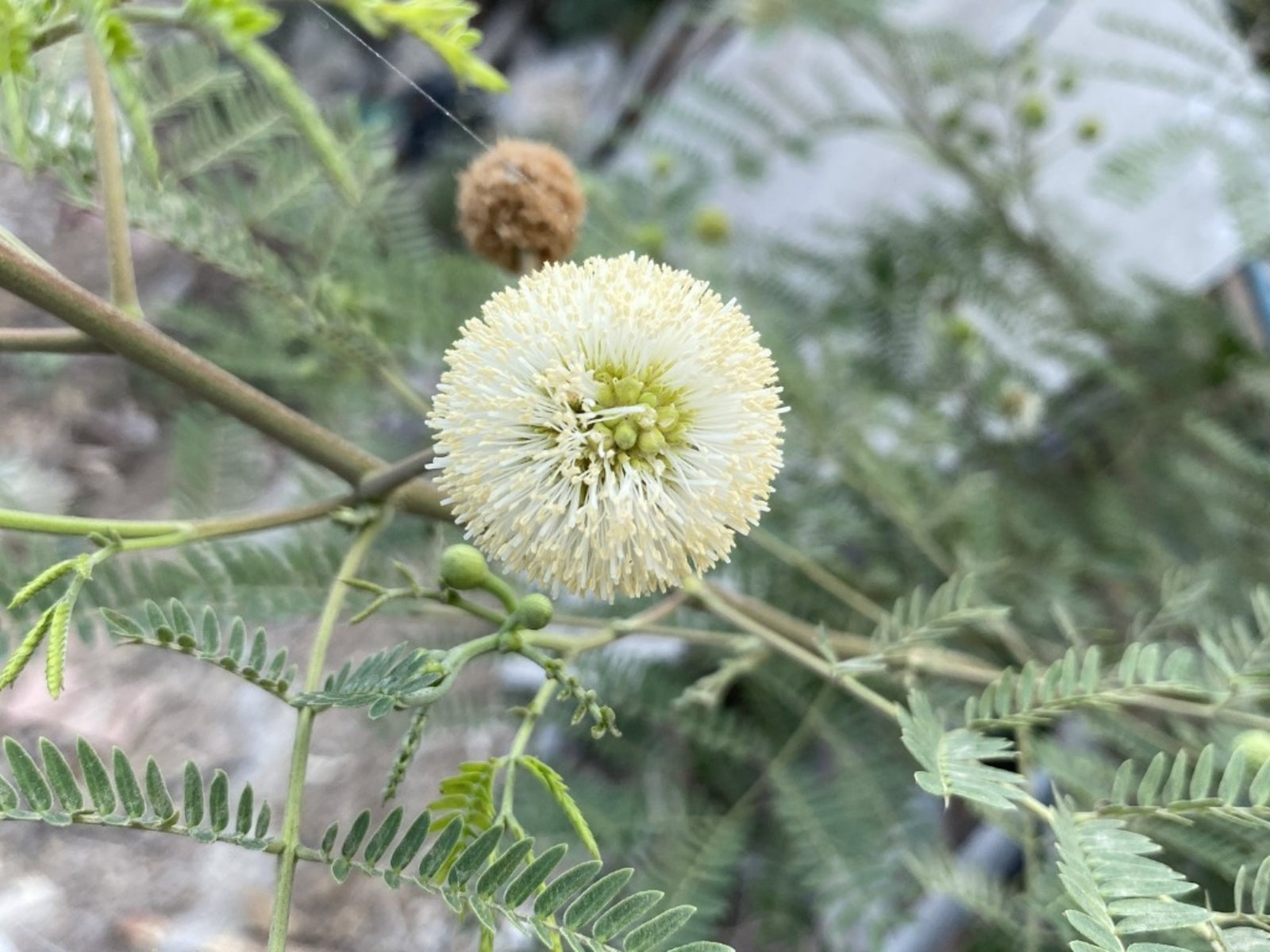Guajillo Acacia Info – Tips For Growing A Texas Acacia Shrub Or Tree


The guajillo acacia shrub is drought-tolerant and native to Texas, Arizona, and the rest of the southwest. It is a great choice in landscapes and gardens for ornamental purposes and to screen areas or attract pollinators. Many people also like it for its limited watering needs and smaller size in limited spaces.
Guajillo Acacia Info - What is a Guajillo?
Senegalia berlandieri (syn. Acacia berlandieri) is also known as guajillo, Texas acacia, thornless catclaw, and mimosa catclaw. It grows in USDA zones 8 through 11 and is native to the deserts of the southwestern U.S. and northeastern Mexico. Guajillo can be considered a large shrub or a small tree, depending on how it is grown, trained, and pruned. It grows to 10 to 15 feet (3-4.5 m.) high and wide and is a mostly evergreen perennial. In the right climate and environment, there are many reasons to use guajillo in the landscape or garden. It is an attractive shrub or tree and can be used simply as an ornamental or for screening and hedging. The leaves are lacy and fine, like a fern or mimosa, and most people find them attractive. Texas acacia also produces creamy white flowers that attract bees and butterflies. The honey made from bees feeding on these flowers is highly prized. Like other acacias or similar plants, this plant has thorns but they are not as menacing or damaging as others.
Growing a Texas Acacia
Guajillo care is easy if you live in its native range. It thrives in the desert landscape, but it also tolerates fairly cold winter temperatures, down to 15 degrees F. (-12 C.). It can be grown in wetter warm climates, like Florida, but it will need soil that drains well so it doesn’t get waterlogged. Your guajillo shrub needs full sun and will tolerate a variety of soil types, although it grows best in sandy, dry soil. Once it is established, it won’t need regular watering, but some irrigation will help it grow bigger.
Sign up for the Gardening Know How newsletter today and receive a free copy of our e-book "How to Grow Delicious Tomatoes".

Mary Ellen Ellis has been gardening for over 20 years. With degrees in Chemistry and Biology, Mary Ellen's specialties are flowers, native plants, and herbs.